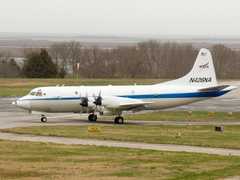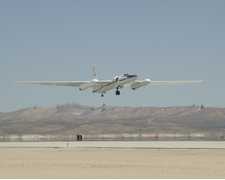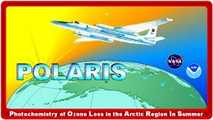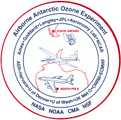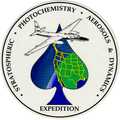The Airborne Tunable Laser Absorption Spectrometer (ATLAS) is an in situ airborne spectrometer developed by NASA. ATLAS uses second-harmonic absorption spectrometry to measure trace gases in the lower stratosphere, such as nitrous oxide, methane, carbon monoxide, and ozone. The laser inside ATLAS is tuned to the infrared absorption band of the target gas and is frequency modulated at 2 kHz, with second-harmonic detection happening at 4 kHz. ATLAS provides measurements with a time resolution of 1 second and a spatial resolution of about 200 meters when deployed on the ER-2 aircraft.

Instrument Details
- Spectrometer/Radiometer
- Earth Science > Atmosphere > Atmospheric Chemistry > Carbon And Hydrocarbon Compounds > Carbon MonoxideEarth Science > Atmosphere > Atmospheric Chemistry > Oxygen Compounds > OzoneEarth Science > Atmosphere > Atmospheric Chemistry > Carbon And Hydrocarbon Compounds > MethaneEarth Science > Atmosphere > Atmospheric Chemistry > Nitrogen Compounds > Nitrous OxideEarth Science > Atmosphere > Atmospheric Chemistry > Trace Gases/trace SpeciesEarth Science > Atmosphere > Atmospheric Chemistry
- Lower Stratosphere, Troposphere
- 1 s
- 200 m
- N/A
- https://doi.org/10.1364/AO.32.005324
Max Loewenstein, James Podolske
Max Loewenstein
NASA ARC
Currently unavailable
Unpublished
Filter data products from this instrument by specific campaigns, platforms, or formats.
